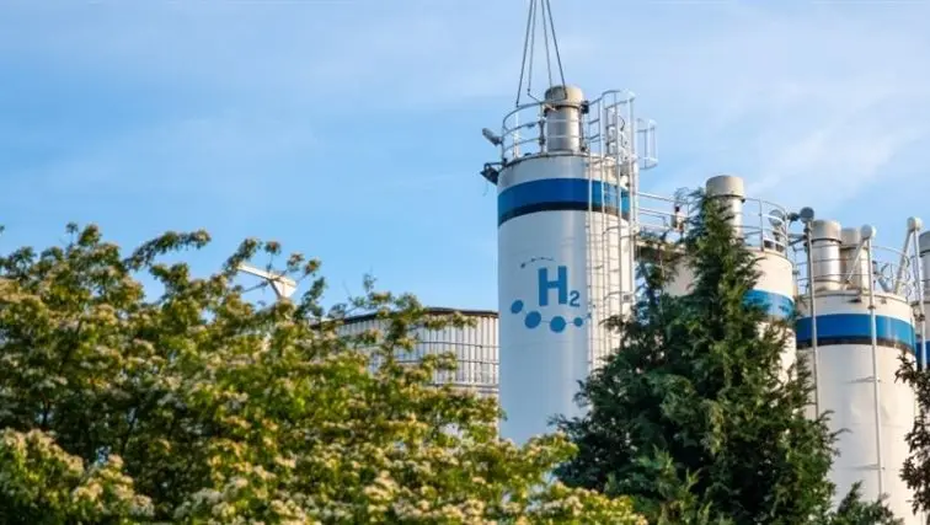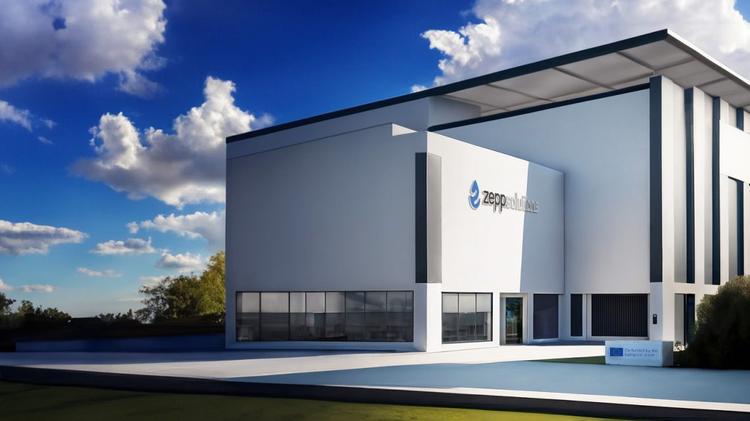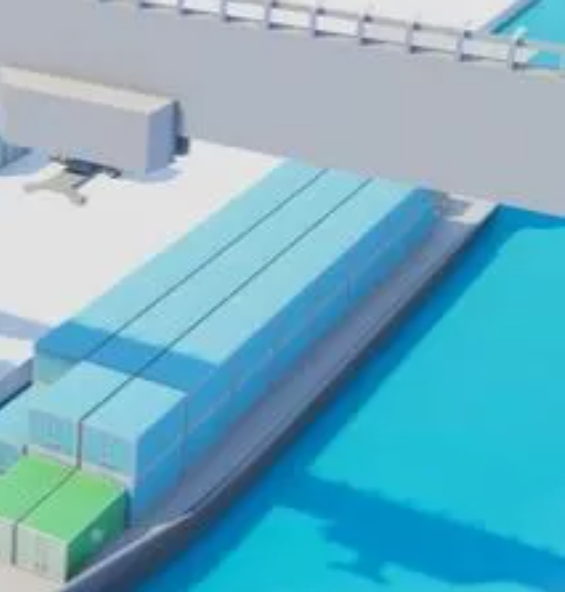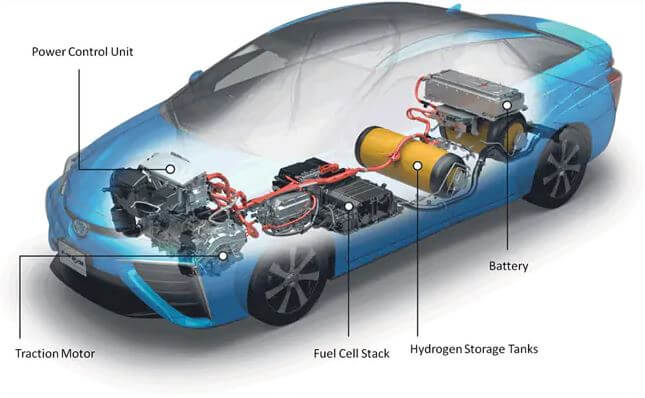The Dutch company has converted a section of a salt cavern storage facility for the purpose.
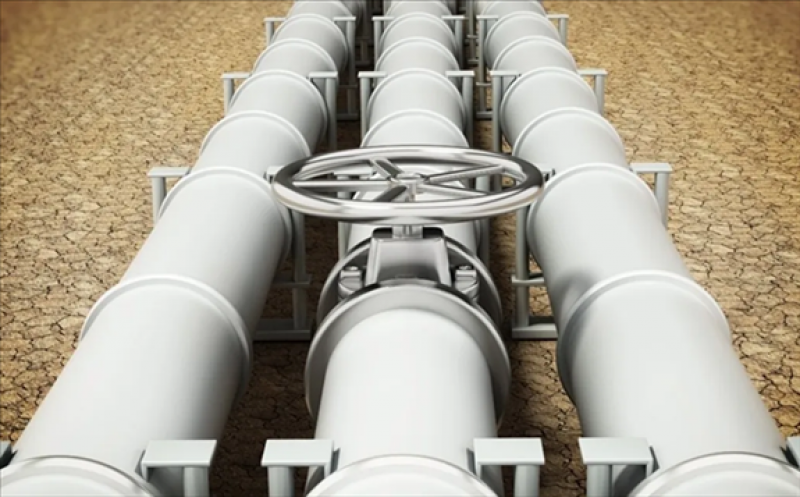
Gasunie has announced the successful conversion of a portion of a salt cavern facility from gas to hydrogen storage and additional testing is now in progress.
The company announced that it has now injected H2 into the subsurface at its Zuidwending site.
“Following further successful completion, Gasunie can continue with the development of storage in salt caverns, the first of which could be fully operational by 2026,” said a statement released by Gasunie. The company now intends to launch the development of a national infrastructure for H2 transportation. The broader intention of the hydrogen storage and transportation is to help further develop the market for this alternative fuel.
Large capacity H2 storage is critical for providing the ability to keep up with energy supply and demand imbalances. As the Groningen field has been decommissioned, the pipelines have the potential for being repurposed for transporting H2 instead of the natural gas for which they had been previously used.
Gasunie has stated that the salt caverns are a solid option for hydrogen storage in large quantities.
The caverns are a “safe, efficient and reliable way to store large quantities of energy, also for a longer period of time,” said a news release by the company. Until now, the Zuidwending site has been used for storing natural gas. It “offers unique conditions for preparing large-scale hydrogen storage for the envisaged development of the hydrogen market,” added the statement.
